Here’s how to best power up the CPU on the motherboard through its power connectors:
The best way to power the CPU on your motherboard is by following the connection directions in the motherboard manual.
Most CPUs get their power from the main motherboard power connector.
Some CPUs require supplemental power from a 4-pin, 6-pin, or 8-pin additional power connector.
So if you want to learn all about which power connectors to use to power up the CPU, then you’re in the right place.
Keep reading!

What Is a Motherboard?
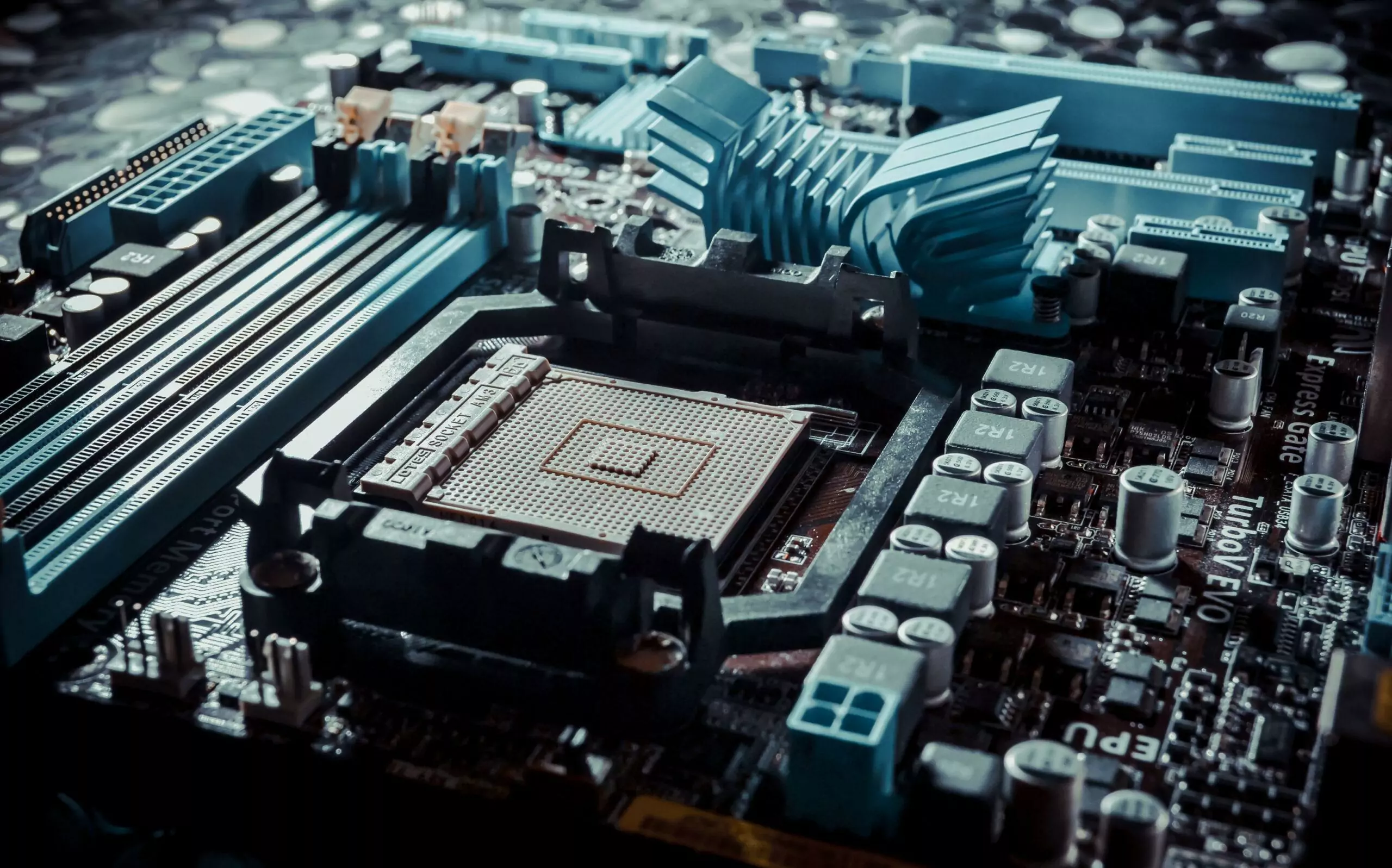
Let’s start this conversation by talking about motherboards.
They are sometimes also called logic boards, PCB boards, mainboards, and many other names.
Regardless of the name, the purpose is the same.
The motherboard is the master connection device that allows all of the components of a computer to work together.
The processor, graphics card, hard drive, power supply, and everything else all connect directly to the motherboard.
The motherboard then handles routing power and communication connections between these devices so that you have a functioning computer.
It’s the central component that makes the whole thing work.
There are several other essential components for a computer, but the motherboard is at the heart of it all.
When building a computer, the motherboard you choose will dictate compatibility and a lot of other options.
All of this is to say that when we talk about PSU power connectors, those connectors plug directly into the motherboard.
It’s the destination for all of that power.
What Is a PSU?
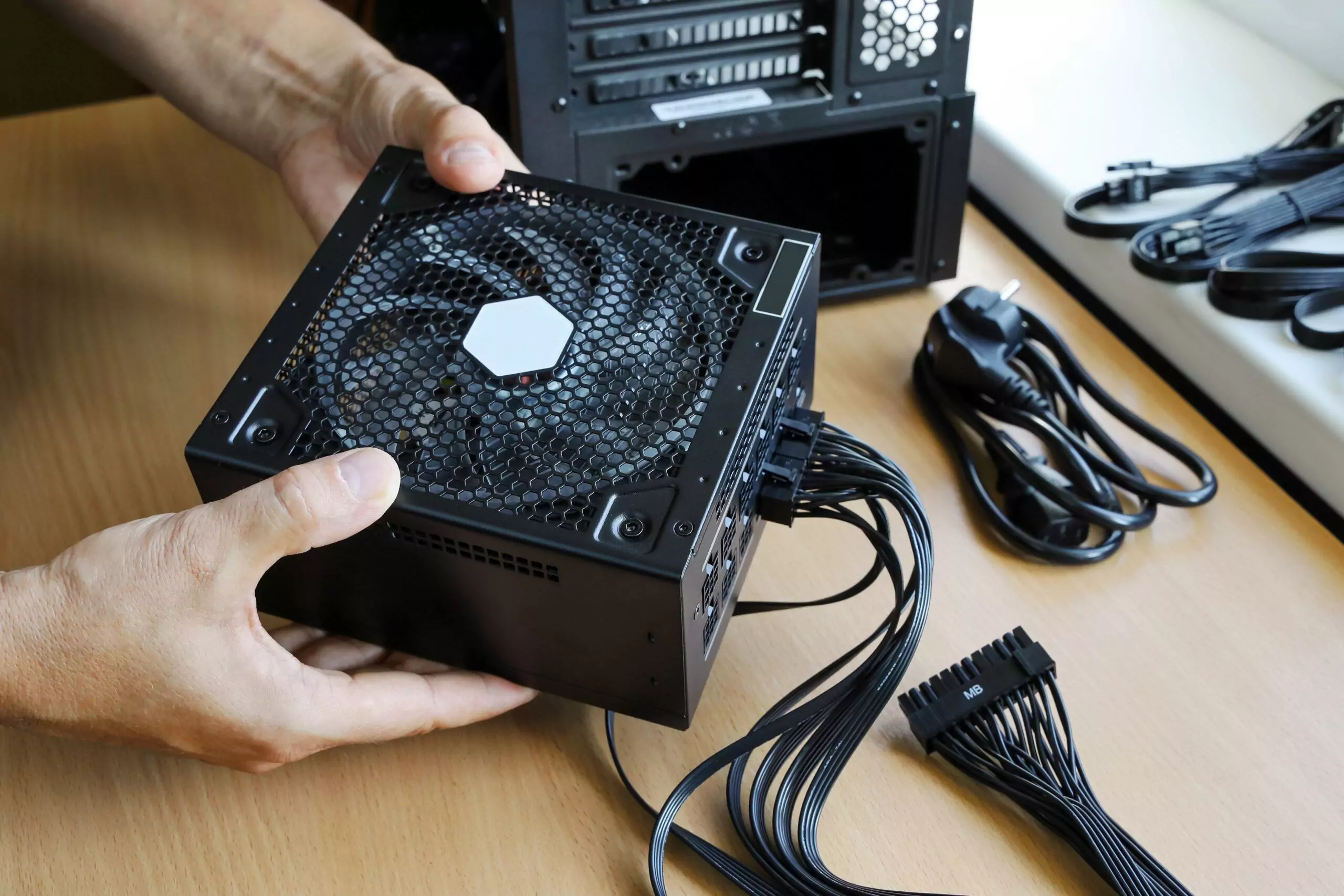
Since we’re talking about PSUs, we should probably take a minute to explain more about them.
A PSU, or power supply unit, is what distributes electricity to computer components.
For the most part, it does this by plugging specialized power connectors into different places on the motherboard.
Some devices, like discrete graphics cards (more on these later), have their own connection points to receive power directly from the PSU.
The PSU’s job is to handle electricity conversions so that every component receiving power does so in a safe manner.
As an example, PSUs typically convert electricity from AC to DC.
You might not know this, but you have AC (alternating current) running through the power in your house.
AC is standard for this across the whole world.
But, AC is terrible for computers.
Computers much prefer DC, so pretty much every computer in the world has a power converter somewhere to turn AC into DC.
The PSU handles this for most desktop computers.
On top of that, the PSU takes the power coming from the outlet and splits it many times.
It does this in order to channel electricity through specialized connectors.
These connectors limit current flow to protect vulnerable computer components from surges, excess heat, and other problems that occur when they receive too much electricity.
Basically, the PSU is the power manager for the whole computer.
How Is a Computer Powered Through Power Connectors? (6 Ways)

This is probably a good place to talk about ATX.
Standing for Advanced Technology eXtended, this is a standard that is used for motherboard and power supplies.
It has been in use since 1995 and was originally developed by Intel.
The ATX standard is what ensures that a PSU can successfully connect to a motherboard.
In fact, this standard is a big part of why assembling your own PC is easy enough to be a hobby-level practice.
Without this standard, matching motherboards with power supplies would be a nightmare.
In the following sections, I’ll take you through common connectors that are used in the ATX standard.
As you read them, there are two things to keep in mind.
First, computers do not have to run on ATX standards.
If you go try to purchase a single power supply or motherboard, the vast majority will be ATX, but there are a lot of specialty devices and non-consumer devices that completely ignore the ATX standard.
I’m going to skip over pretty much all non-ATX stuff to keep this simple.
The second thing to know is that the ATX standard does get updated and change over time.
While the connectors below are built along ATX standards, some are a lot more common than others, and you’ll find that not all power supplies support all of these connectors out of the box.
When you’re asking about the best way to power the CPU on your computer, you use the ones that fit.
Connect everything on the motherboard that can draw power, and use the only type of connection that can work.
You really can’t get it wrong.
To better understand that, I’ll walk you through the most common pin counts for power connectors.
As we go through them, keep in mind that the connectors are designed so that you can’t plug the wrong connector into the wrong slot.
You literally can’t plug a 4-pin connector into a 6-pin slot, and vice versa, unless you physically cut plastic away from the connectors (which you should never do).
#1 24-Pin Connectors
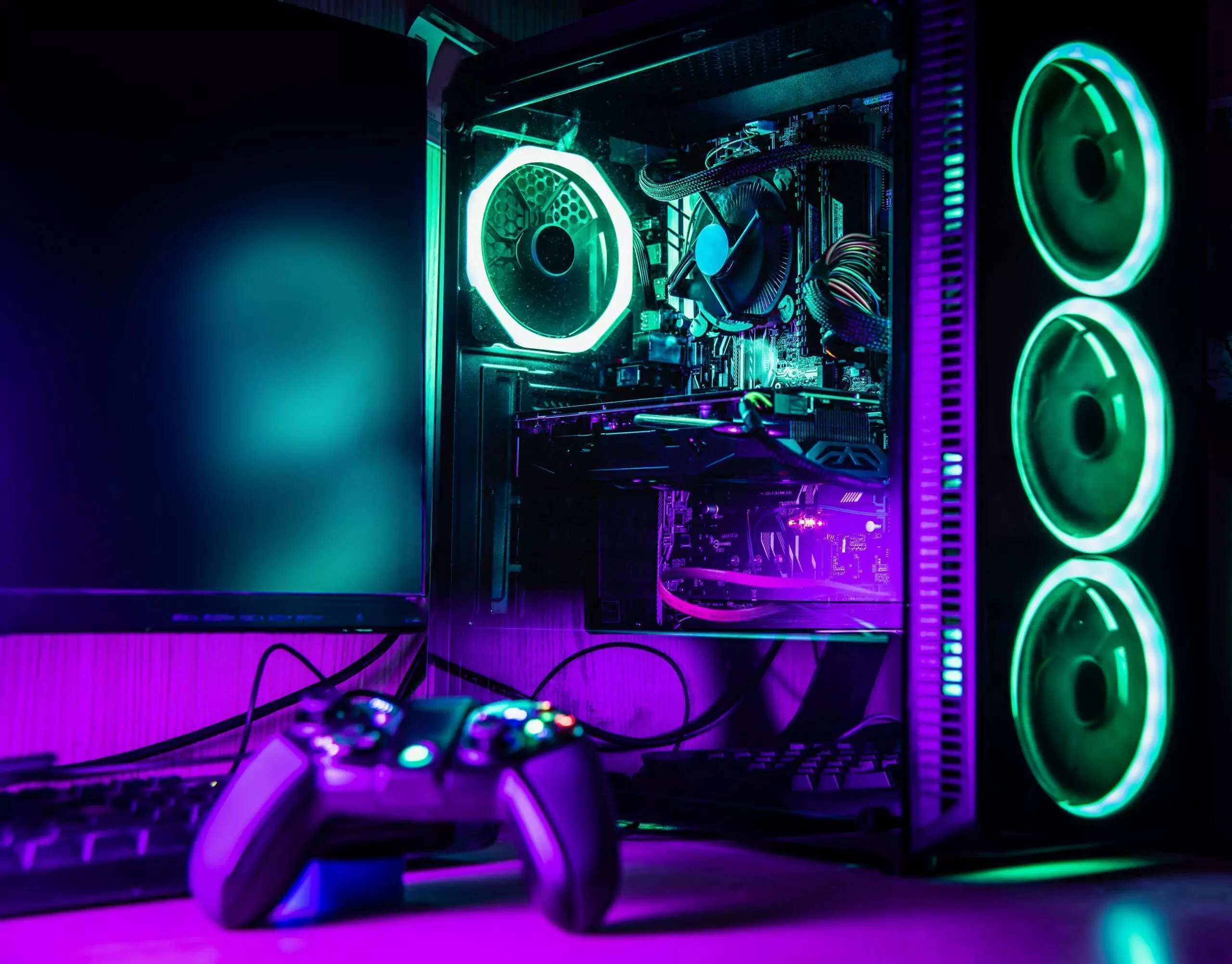
The 24-pin connector is the most common power connector that runs from a power supply to a motherboard.
It is ATX-standard, making it a common connector across PCs of various sizes and designs.
From heavy-duty gaming rigs to light office computers, this is the bread-and-butter connector.
This connector is usually on one side of the motherboard, opposite from the input connectors (like the USB ports, Ethernet ports, video ports, etc.).
Because it has so many pins it is rather long and easy to spot.
This is also a good place to stop and talk about 20-pin connectors.
They were the standard a few years ago, and as a result, you still see 20-pin connectors show up on some modern motherboards.
They serve the exact same function, are located in the same place, and are just as easy to find.
The reason 20-pin connectors don’t get their own section is that modern power supply cables account for both 24-pin and 20-pin connections on motherboards.
For a standard 24-pin connecting cable, the last 4 pins are detachable.
Standard power supplies service both types of connections with the same cable.
#2 12-Pin Connectors

Next, we can talk about 12-pin connectors.
These are uncommon in modern devices.
12-pin connectors work on the same principles as 24-pin connectors; they’re just a lot smaller.
As a function of that smaller size, 12-pin connectors don’t process nearly as much electrical power.
Even though modern computer devices are more efficient than their counterparts of the past, they are also considerably more powerful.
Overall, the power draw in modern motherboards is higher, on average, than in motherboards of the past.
12-pin connectors are mostly left in older machines that didn’t need as much power.
You can also sometimes find them in very small builds that use fractional ATX standards.
PC minis are a good example.
In such a case, the 12-pin connector is the main power connector, but since it’s no longer standard, you would need a specialized PSU to support this connection.
#3 8-Pin Connectors
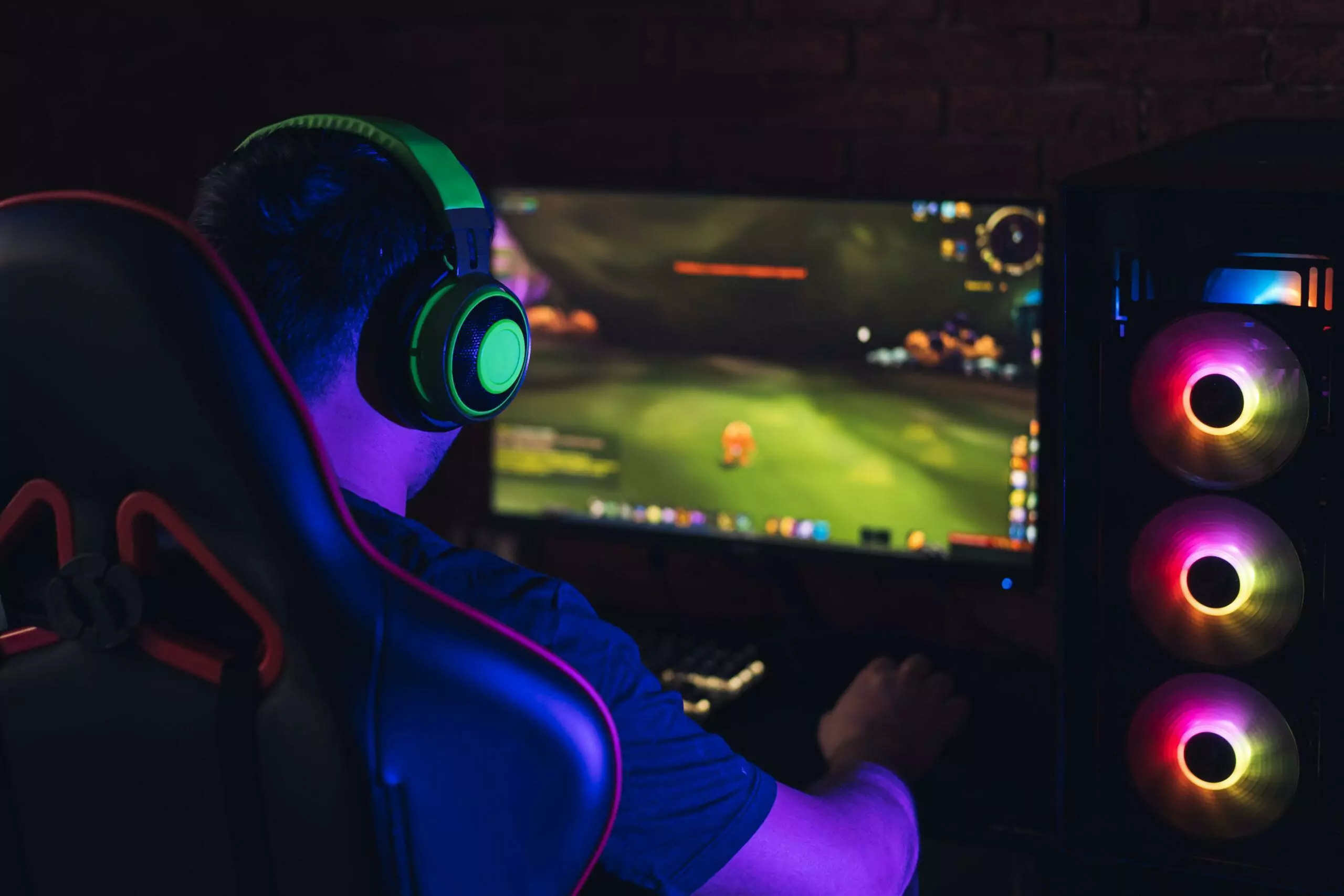
At 8-pin connections, things get a little different.
By and large, this is not the main power connector for a motherboard.
Despite that, it still shows up on many power supply units.
There are typically two places where you will see this type of connection.
The first is on a discrete graphics card.
To keep this simple, there are graphics cards that you can physically detach from your motherboard, and they’re called discrete cards.
These cards usually add a ton of video processing power to the computer, so you’ll often see them on gaming computers.
Discrete graphics cards are also powered by the PSU, and they use the same ATX connections as motherboards (although the pin counts might be different).
Generally speaking, a graphics card that requires an 8-pin connector is rather power hungry.
It’s probably a very high-end graphics card (at least for its time), and it will use up some wattage.
The second place you might see an 8-pin connector is on the motherboard but not on the primary power connection.
Instead, 8-pin connectors are often found on the other side of the board, and they usually provide supplemental power to the central processor unit (CPU).
They are on the motherboard itself, but usually located not too far from the CPU.
Only very powerful processors need an extra 8-pin adapter, but it’s something you’ll see.
I should probably qualify that idea a little bit.
Graphics cards and CPUs that use 8-pin connectors are drawing above-average amounts of electricity.
This usually means that they are designed for high-end applications, but it’s important to remember that processors and graphics cards see technological improvements every year.
If you have a five-year-old processor that uses an 8-pin connector, it’s not going to be super fast by modern standards.
It still needs the full 8-pin power draw because that’s how it’s designed, but the age makes it so that it is no longer a high-end device.
The same holds true for graphics cards, and that’s why I qualified the idea with “powerful for its time.”
#4 6-Pin Connectors

A 6-pin connector serves the same function as an 8-pin connector, but it provides less total power.
You’ll find these connectors in the same places (for graphics cards and near the CPU on the motherboard).
Because these provide less power, they’re actually more common for consumer-grade computers.
That’s because, for the most part, only very high-end CPUs and graphics cards are designed to use 8-pin power connectors.
6-pin connectors are common for CPUs and graphics cards that are powerful but often quite a bit less expensive than their more power-hungry counterparts.
As a result, more devices are designed for 6-pin power draw.
#5 4-Pin Connectors
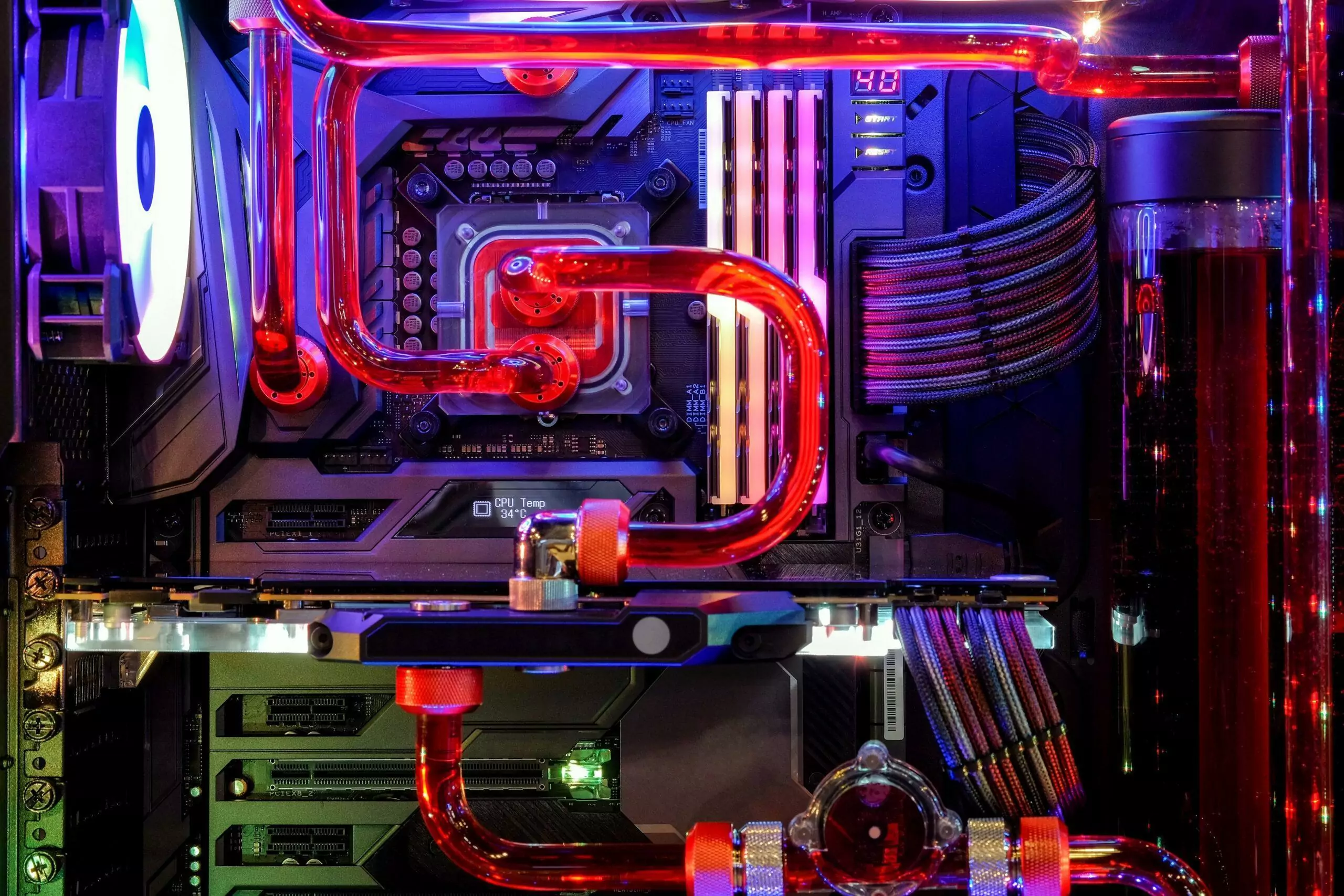
Next up, we have 4-pin adapters.
These are in the same function range as 6-pin and 8-pin adapters.
You find them in the same places powering the same kinds of devices.
It’s hard to say whether 6-pin or 4-pin adapters are more common, but they’re definitely the two that you will see most often in this range.
Once again, the 4-pin is providing less power, and as a result, it tends to function for CPUs and graphics cards that are a little less powerful.
For context, a machine that uses a 4-pin adapter for the graphics card and the CPU each is going to be more powerful than the average PC.
On average, PCs are designed for home use, and they often don’t include discrete graphics cards at all.
At the same time, the processors in these devices tend to be on the budget end of the scale.
A computer running 4-pin adapters is on the budget end of high performance.
An entry-level gaming machine would likely have 4-pin connections running it.
In other words, 4-pin CPUs and graphics cards are rather powerful, but there are still bigger fish in the pond with 6-pin and 8-pin connectors.
And, all of this assumes that you are comparing computers and components from the same year.
Age makes a very big difference in direct computer performance comparisons.
#6 Single-Pin Connections

Single-pin connections belong in a different category.
We have 12-24 pin connectors that provide main power to the motherboard.
Then, 4-8 pin connectors power specific devices that connect to the motherboard.
Single-pin connections serve a different purpose.
These are used to power much smaller things that connect to the motherboard, like USB ports.
Technically, the things I’m putting in this category won’t all be single-pin.
They might have two or three pins that connect, but they fit the same general purpose range and actual power draw.
So, when you connect a PSU to a motherboard, you’ll connect the main power.
If needed, you’ll connect supplemental power with your 4-8 pin connectors.
Then, you’ll connect a dozen or so single-pin connectors that power LED lights on the motherboard, the actual power switch, your sound controller, USB ports, and several other components at the same level.
They’re smaller parts of the computer, and some of them are not vital to computer performance.
You can leave LED lights unpowered, and the computer will work just fine.
That’s abnormal—most people connect everything—but it highlights that not all single-pin connections are mission-critical.
Despite all of that, these are still ATX power connections.

